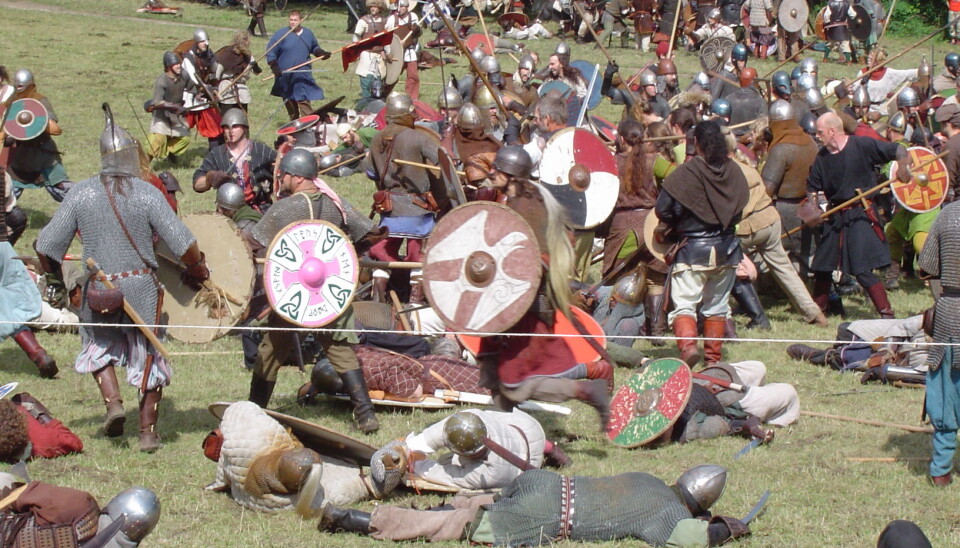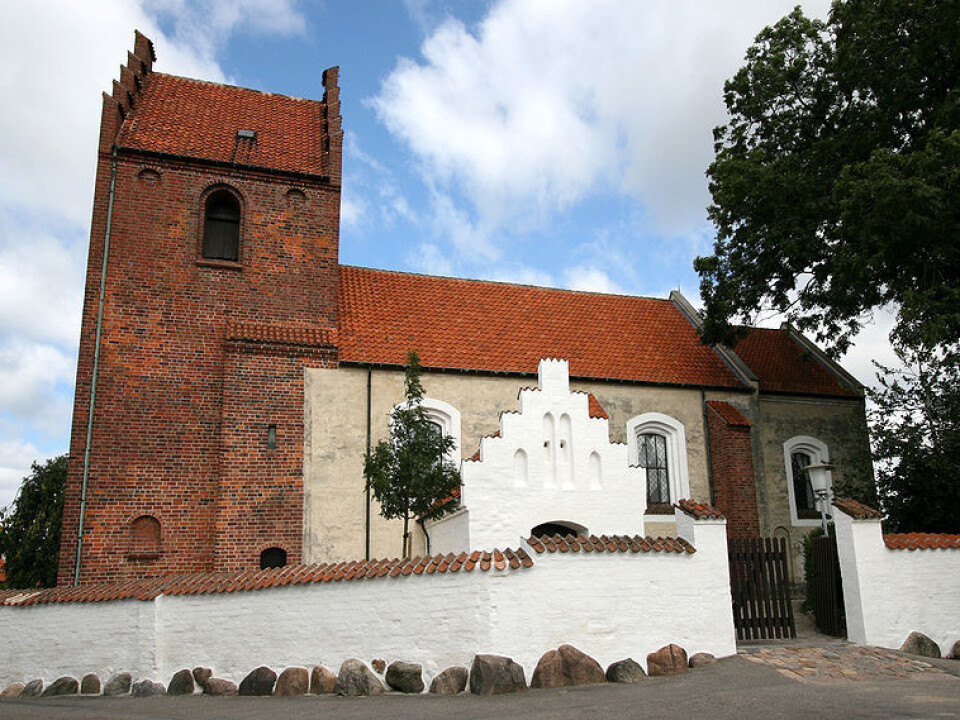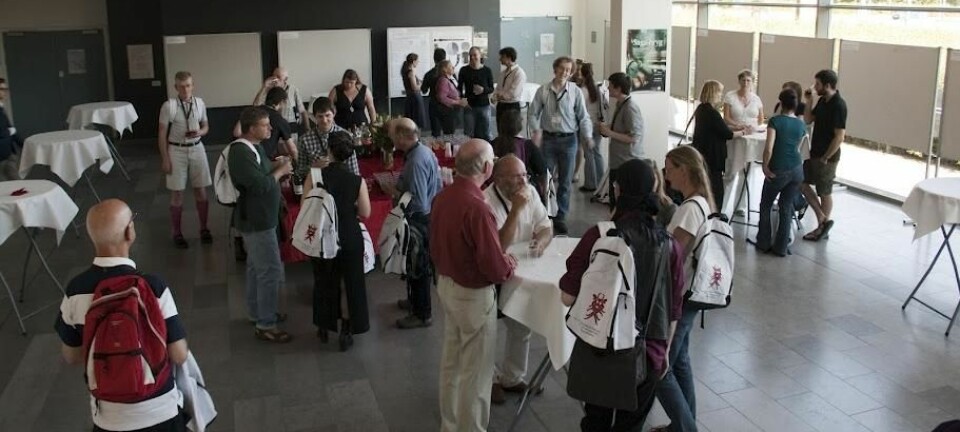
The English inspired Vikings to build cities
The first cities and churches in medieval Denmark were probably inspired by the English, sources show. A historian sheds light on how the English influenced the Vikings, culturally as well as politically.
When Danish Vikings sailed across the North Sea and conquered England, they left their mark on the English language and place names. That’s common knowledge, at least to historians.
What’s perhaps less known is that the influence cut both ways. Although England was under Danish rule in the Viking Age, the English were culturally and politically more sophisticated than their neighbours to the east.
Historian Marie Bønløkke Spejlborg was one of the more than 300 Norse mythology researchers who attended the 15th International Saga Conference held recently in Aarhus, Denmark.
She is currently writing her PhD thesis about how the English some 1,000 years ago left a significant imprint on Danish society. It is, for instance, likely that it was the English who inspired Danes to organise themselves into cities, according to her historical sources.

“I’m trying to figure out how the Danes formed connections with the English during the Viking Age as they travelled back and forth,” she says.
From marketplaces to cities
“The English already had something that resembled a state with a functioning administration system. They had organised cities, whereas Denmark only had marketplaces.”
It’s therefore likely that the English inspired Danes to organise themselves into their first cities such as Viborg and Ringsted, she says.
“Back then the Vikings sailed back and forth between Denmark and England, and the Danes must have brought back some ideas from their travels,” says Spejlborg.
The English already had something that resembled a state with a functioning administration system. They had organised cities, whereas Denmark only had marketplaces.
“There were for example a great number of people who, after having stayed in England perhaps for as long as ten years, returned to Denmark when Cnut the Great in 1018 disbanded his army. It would be strange if they didn’t bring something back home with them.”
She has spent the past 18 months trying to find out if it was the Danish Vikings who influenced the English or if the influence went both ways.
Shortage of clues
This has turned out to be a bit of an arduous task.
Thanks to archaeological finds, we know a great deal about what the Vikings left in England, and then there are place names such as the English town of Kirkby, whose name is rooted in Old Norse.
In the sources I can see that King Sweyn Forkbeard appointed bishops from England to Denmark. They must have had an influence on how the church was organised.
“But there hasn’t been much research into how the exchange between the two countries affected Denmark,” says the researcher. “This could perhaps be put down to the relative scarcity of written and archaeological sources.”
She has used written sources, chronicles and sagas to look for clues of an English influence on medieval Danish culture, society and religion.
This has been a lengthy process, since most of the relevant sources are written in either Old English or Latin.
“Then you need to sit down with a dictionary and take one sentence at a time. Fortunately, I’ve become quite good at skimming through the sources, so I can tell with relative ease what’s relevant and what’s not.”
English builders in Roskilde
Historians have long known that some of the oldest Danish churches were built in the English style. And some of the first Danish bishops were actually English, she explains.
"In the sources I can see that King Sweyn Forkbeard appointed bishops from England to Denmark. They must have had an influence on how the church was organised.”
The English were Christianised about 300 years before the Danes started to get rid of Norse mythology, and they had churches long before Harald Bluetooth was baptised around the year 960 and subsequently turned Denmark into a Christian country.
This is one of the factors, Spejlborg argues, that make it likely that the Danes drew inspiration from the English when they built their first churches. She mentions St Jørgensbjerg Church in the city of Roskilde (pictured above) as a clear example of the English influence.
“Some even believe it was constructed by English builders,” she adds.
The English also influenced Danish language
It wasn’t just the architecture and the organisation of churches that were inspired by the English. It’s also obvious that some Danish words have their origin in Old English, says the researcher.
The Danish word ‘kristendom’, for example, stems from the Old English ‘cristendom’.
The old Danish word ‘ærkibiskup’ (archbishop) comes from the Old Engish ‘arcebisceop’, and even though the word ‘kors’ (‘cross’) is derived from Latin, it’s likely that the word came to Denmark from England.
---------------------------------------
Read the Danish version of this article at videnskab.dk
Translated by: Dann Vinther










